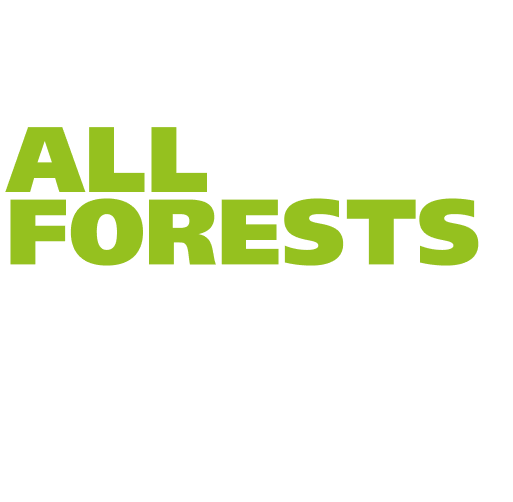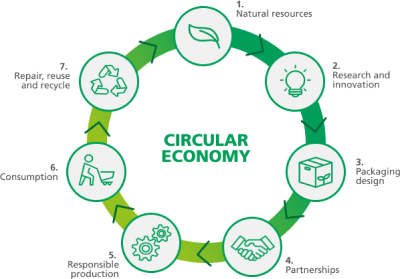
O Papel é Mais Sustentável

The earliest historical records of paper date back 2,000 years ago, when officials in the Han dynasty in China used fibers from mulberry bark, hemp and water to create a paste that was stretched out in the sun to dry. Thus was born the first sheet of paper. Production of pulp and paper has evolved tremendously since then but continues through an essentially sustainable process. It uses wood, a renewable natural resource, and generates a product that is 100% recyclable and biodegradable. This process is the biological cycle of the circular economy in which everything that is extracted from nature is reintegrated into the ecosystem without generating liabilities.

Natural resources
Certifications that guarantee responsible forestry.
Research and innovation
Prime in the process of developing more sustainable solutions.
Packaging design
Develop packaging that is easy to disassemble, separate and recycle, thinking about solutions that avoid waste.
Partnerships
Create business and partnerships to obtain sustainable solutions that incorporate circularity.
Responsible production
Efficiency in water and energy consumption, reduction in the emission of greenhouse gases and reuse of waste.
Consumption
Choose products that are recyclable and biodegradable.
Repair, reuse and recycle
Correct destination and reintegration of the raw material into the process.
We participate in this entire process in a sustainable manner and are Brazil’s largest paper recycler, with 335,000 tons of scrap used in fiber recycling per year. And even when paper is not sent for recycling, it still has an advantage over other materials as it decomposes quickly in nature.
While a plastic bag takes 150 years to decompose in the environment, a paper package takes just 6 months to be completely reintegrated into the ecosystem naturally.
Moreover, the certification of forests by independent international agencies attests that the wood that serves as the raw material for our paper and pulp originates from sustainable forest management. In 1998, we became the first pulp and paper company in the Southern Hemisphere to receive FSC® certification for our forest areas. This certification attests that our processes adopt the best social and environmental practices, and the guarantee that the product that reaches your home is sustainable and ecologically responsible.
Read the myths and truths about paper on the website of Two Sides, a non-profit organization that we are a member of, which provides reliable information on the sustainability of paper.
Read the myths and truths about paper on the website of Two Sides, a non-profit organization that we are a member of, which provides reliable information on the sustainability of paper.

